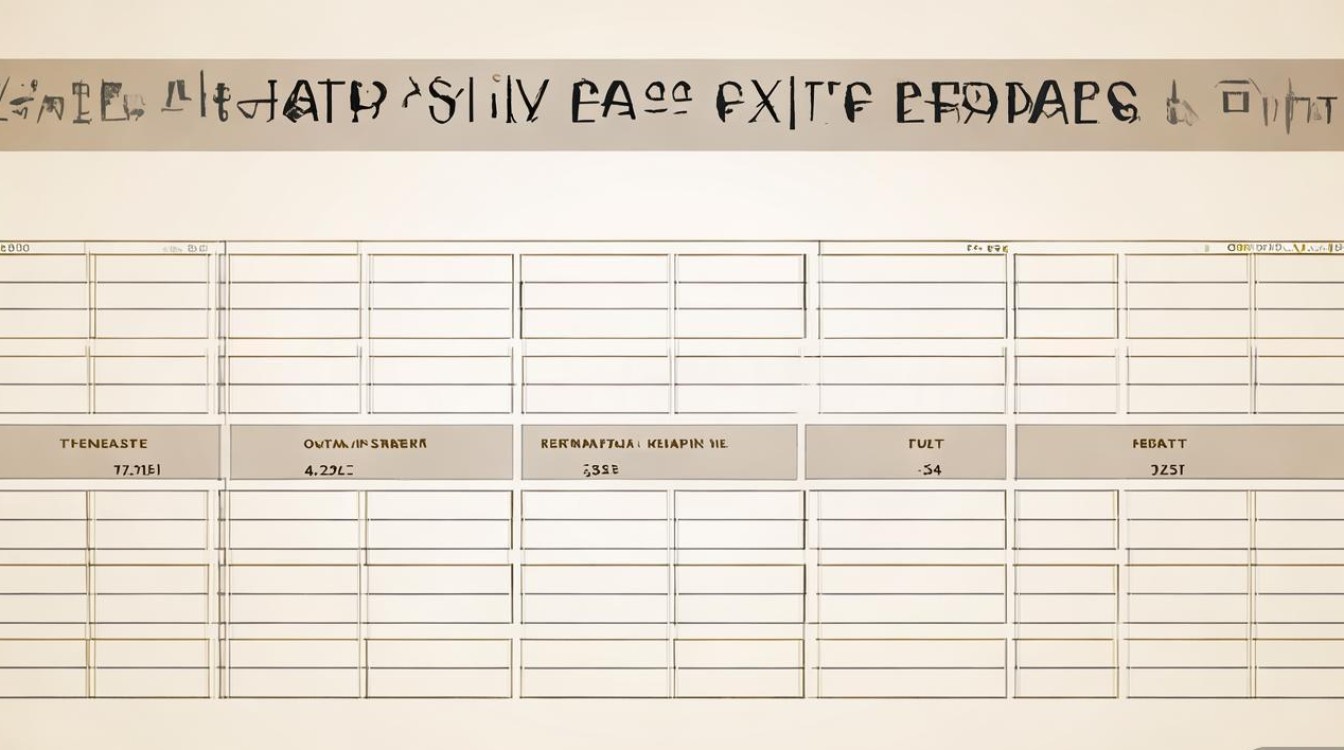下面我为你提供一个“万能”且高效的表格作文模板,并附上详细解析、高分句式和一篇范文示例,你可以根据自己的水平和习惯进行调整。

雅思表格作文写作结构(四段式)
一个清晰的结构是高分的基石,我们采用四段式结构:
- 引言段: 开门见山,改写题目,说明图表内容。
- 概述段: 这是最重要的段落! 不用细节,只写图表最核心、最显著的特征(最大值、最小值、总体趋势等)。
- 细节段 1: 选择最重要的数据进行分组描述和对比。
- 细节段 2: 描述剩余的重要数据,进行补充和对比。
雅思表格作文模板(中英对照)
第一段:引言
目的: 改写题目,让阅卷老师知道你理解了图表内容。
模板句式:
- The table presents/provides a breakdown of [图表核心主题] in [时间/地点].
(该表格展示了[时间/地点]的[图表核心主题]的详细情况。)
- It illustrates/compares the figures for [具体项目1], [具体项目2], and [具体项目3] across [分类项].
(它说明了/比较了[分类项]之间,[具体项目1]、[具体项目2]和[具体项目3]的数据。)
- The data is categorized by [分类标准1] and [分类标准2].
(数据按[分类标准1]和[分类标准2]进行了分类。)
示例:
The table presents a breakdown of the main reasons why people pursue higher education in 2025.
第二段:概述
目的: 总结图表最突出的2-3个特征,展示你宏观把握数据的能力。绝对不要出现具体数字!
模板句式:
- Overall, it is immediately apparent that... (显而易见的是……)
- In general, the most significant trend is that... (总体而言,最显著的趋势是……)
- [A] was the most popular reason for..., while [B] was the least. ([A]是……最受欢迎的原因,而[B]是最不受欢迎的。)
- There was a significant contrast between [数据组A] and [数据组B] in terms of [某个方面]. (在[某个方面]上,[数据组A]和[数据组B]之间存在显著差异。)
- The figures for [项目] were consistently higher/lower than those for [另一个项目]. ([项目]的数据始终高于/低于[另一个项目]。)
示例:
Overall, it is immediately apparent that career prospects were the primary motivation for the majority of students, whereas personal interest was the least significant factor across all age groups.
第三、四段:细节
目的: 支撑你的概述,用具体数据和例子来证明观点。选择最重要的数据,不要面面俱到!
写作技巧:
- 分组: 将相似或有关联的数据放在一起描述,而不是按行或按列逐一描述。
- 对比: 使用比较级、最高级来突出差异。
- 数据支撑: 每个句子都要有数据支撑。
- 数据趋势: 如果数据有明显变化(如上升、下降),可以描述其趋势。
高分句式和词汇:
-
表示排名/最高点:
- [项目] ranked first/first among all, with a figure of [数字].
- [项目] was the highest, at [数字].
- The highest percentage was recorded for [项目], which stood at [数字].
-
表示最低点:
- In contrast, [项目] was the lowest, at only [数字].
- [项目] saw the smallest figure, which was [数字].
-
表示比较:
- [项目A] was significantly higher/lower than [项目B] (by [数字]).
- The number of [项目A] was more than double that of [项目B].
- While [A] accounted for [百分比], [B] constituted only [百分比].
- There was a [形容词] gap between [项目A] and [项目B].
-
表示数据相似:
- The figures for [项目A] and [项目B] were similar, both around [数字].
- [项目A] and [项目B] showed little difference, with figures of [数字] and [数字] respectively.
-
表示倍数:
- [项目A] was [数字] times as high as [项目B].
- The figure for [项目A] was [数字] times that of [项目B].
段落结构示例:
细节段 1 (横向比较 - 按行):
Focus on Career Prospects: The desire for better career prospects was the most common reason for all three age groups. It was particularly high for the 40-49 age group, at 52%, and slightly lower, but still dominant, for the under 26s (40%) and the over 50s (36%).
细节段 2 (横向比较 - 按行):
Other Reasons: In contrast, the second most popular reason, 'to increase knowledge', showed a different pattern. It was chosen by 30% of the youngest group, compared to 23% of the middle-aged group and only 20% of the oldest group. The least cited reason for all groups was 'to meet new people', with figures of 9%, 6%, and 5% respectively.
完整范文示例
** The table below shows the reasons why people in three age groups decided to continue studying in 2025.
| Reason for continuing study | Under 26 | 40-49 | Over 50 |
|---|---|---|---|
| To get a better job | 40% | 52% | 36% |
| To increase knowledge | 30% | 23% | 20% |
| To meet new people | 9% | 6% | 5% |
| Other reasons | 21% | 19% | 39% |
范文:
The table provides a breakdown of the main reasons why people pursue higher education, categorized by three different age groups in 2025.
Overall, it is immediately apparent that improving career prospects was the primary motivation for the majority of students, whereas the desire to meet new people was the least significant factor across all age groups. Additionally, the reasons for studying varied considerably depending on the age of the individual.
The most notable trend was the pursuit of a better job, which was the most popular reason for all groups. This reason was particularly strong for the 40-49 age bracket, with over half (52%) of respondents citing it. In comparison, 40% of the under 26s and 36% of the over 50s chose this option. The second most common reason, 'to increase knowledge', showed a different pattern, being most popular among the youngest age group at 30%, and less so among the older groups.
In contrast, the least common reason for continuing education was 'to meet new people', with figures of only 9%, 6%, and 5% for the under 26s, 40-49s, and over 50s respectively. The category 'other reasons' accounted for 21% and 19% of the younger and middle-aged groups, but was significantly higher for the over 50s, at 39%, suggesting that this group may have had more diverse or personal motivations for their studies.
(约 180 words)
高分要点总结
- 结构清晰: 严格按照引言-概述-细节-细节的四段式结构。
- 概述先行: 先写概述,抓住核心特征,让文章逻辑性更强。
- 数据分组: 不要逐行/逐列描述,而是将相关数据放在一起进行对比分析。
- 词汇多样: 使用
increase,rise,grow,climb,surge等词描述上升;使用decrease,fall,drop,decline,plummet等词描述下降,使用significant,considerable,slight,minimal等词描述程度。 - 句式多变: 不要总用 "The number of... is...",多使用从句、分词结构、被动语态等。
- 数据精确: 描述数据时,一定要准确,包括数字、单位(如果有的话)和比较关系。
- 字数达标: 确保字数在150词以上,但不要过多,180-200词为佳。
模板是骨架,











